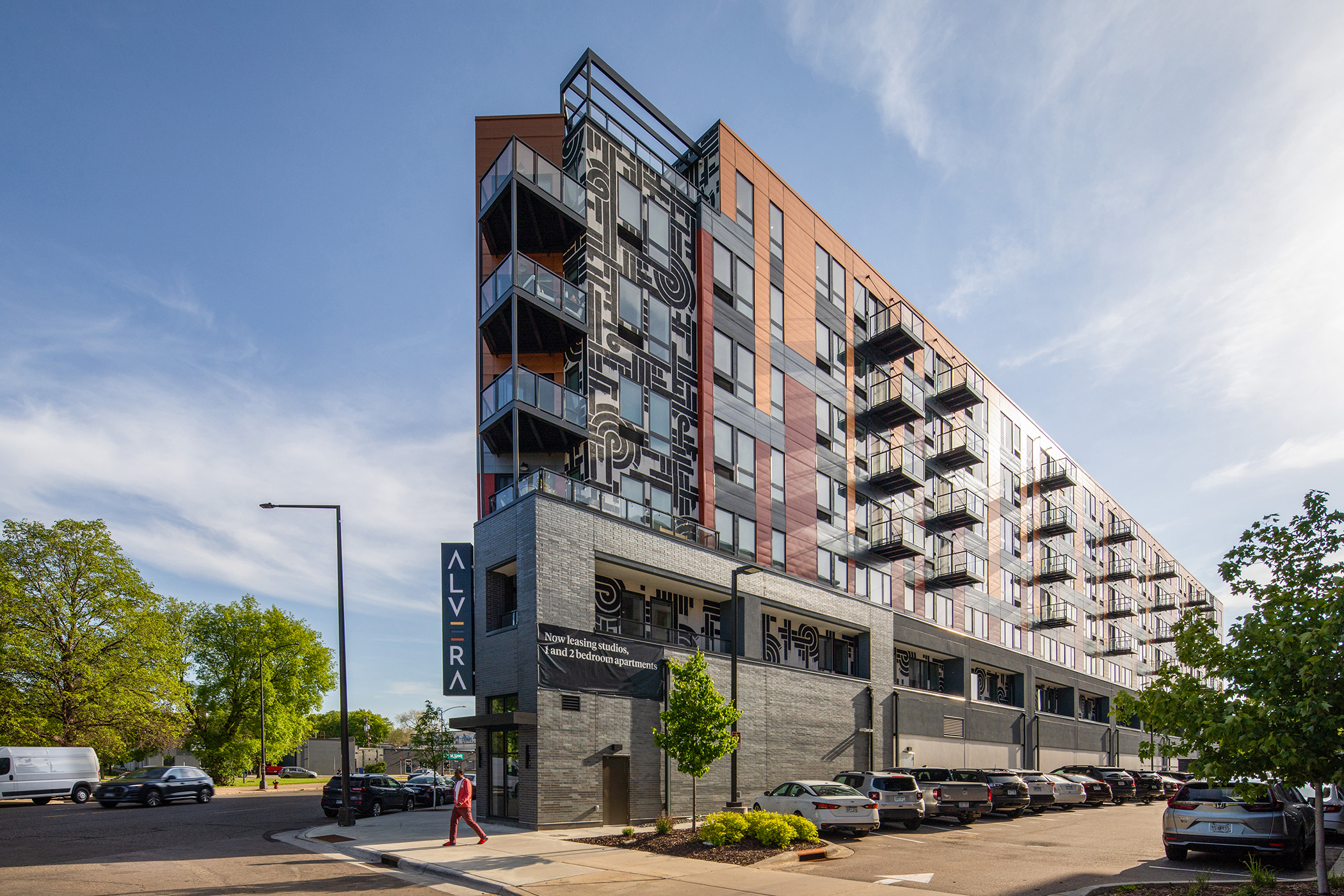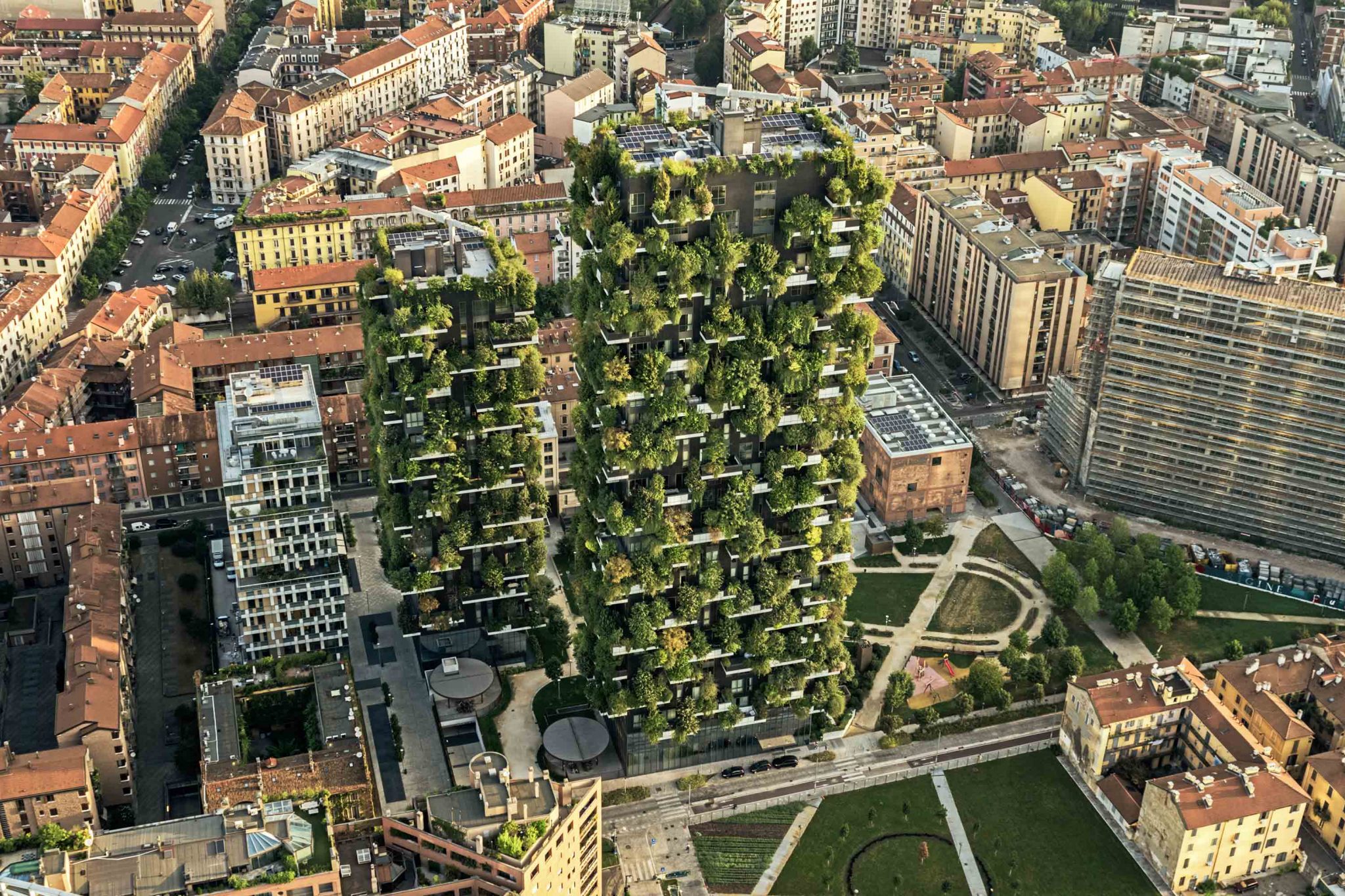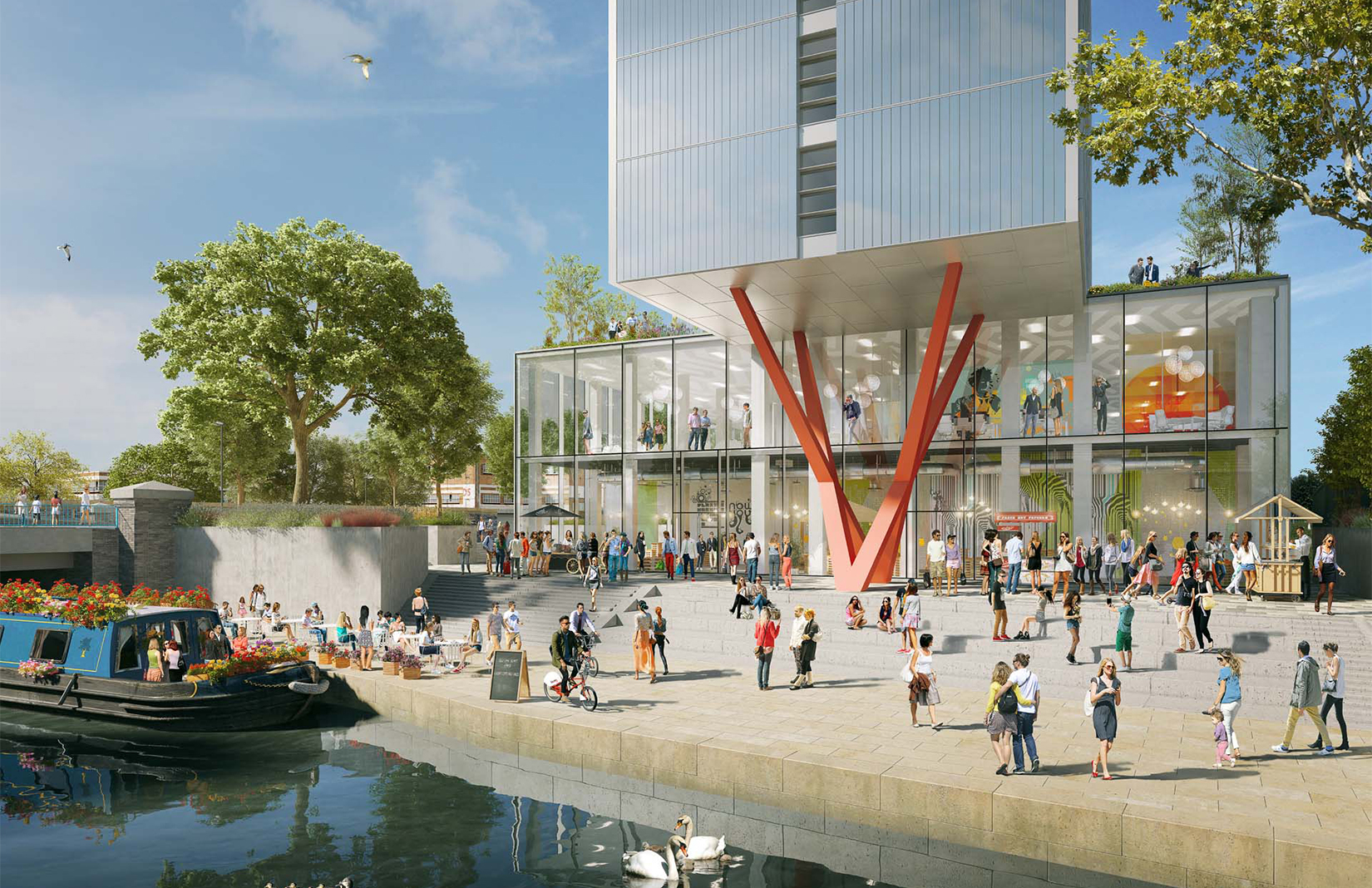
Urban centers are bustling hubs of activity, where space is often at a premium. As populations continue to grow and land becomes increasingly scarce, finding efficient ways to use the land we have becomes crucial. One approach that is gaining traction is minimalist construction.
What is minimalist construction?
Minimalist construction goes beyond a simple aesthetic. It’s a design philosophy that prioritizes efficiency and functionality over excess. Buildings are designed to be compact, with small footprints and optimized layouts. Every square meter is used intentionally, minimizing waste and maximizing usable space.
Here are some of the key principles of minimalist construction:
- Multifunctionality: Spaces are designed to serve multiple purposes, reducing the need for dedicated rooms. For example, a living room might also function as a dining area or home office.
- Modular design: Buildings are often composed of prefabricated modules that can be easily assembled and disassembled, facilitating adaptability and future expansion.
- Sustainable materials: Emphasis is placed on using sustainable and recycled materials to minimize environmental impact.
- Natural light and ventilation: Buildings are designed to maximize natural light and ventilation, reducing the need for artificial lighting and cooling systems.
How does minimalist construction improve land use efficiency?
By employing these principles, minimalist construction offers several advantages in terms of land use:
- Increased density: More housing units can be accommodated on a smaller footprint, allowing for increased density without sprawling urban development.
- Reduced infrastructure costs: Smaller buildings require less infrastructure, such as roads, sewers, and utilities, leading to cost savings.
- Enhanced green spaces: By maximizing building efficiency, more land can be dedicated to parks, gardens, and other green spaces, improving the quality of life for urban residents.
Greater affordability: Smaller, more efficient buildings can be more affordable to construct and maintain, making them accessible to a wider range of income levels.
Examples of minimalist construction in action
Let’s look at a few real-world examples of how minimalist construction is being used to make the most of urban land:
Micro Apartments in Hong Kong

The Vertical Forests of Milan

The Bosco Verticale project in Milan, Italy, is a stunning example of how minimalist construction can be combined with sustainability. Two residential towers are covered in lush greenery, with over 900 trees and 20,000 plants adorning their facades. This not only enhances the aesthetics of the buildings but also provides insulation, reduces air pollution, and creates a habitat for urban wildlife.
Co-living Spaces in London

The rise of the co-living trend has seen the emergence of minimalist buildings designed for shared living. These spaces offer private bedrooms with shared kitchens, living areas, and amenities. By maximizing shared spaces and reducing individual footprints, co-living buildings can accommodate more people on a smaller plot of land, making them ideal for urban areas with high housing demand.
The future of minimalist construction
As urban populations continue to grow, the pressure on land resources will only intensify. Minimalist construction offers a promising solution, providing a way to create sustainable, efficient, and affordable living spaces in densely populated areas. With ongoing advancements in technology and materials, we can expect to see even more innovative examples of minimalist construction emerge in the years to come.
Conclusion
Minimalist construction is not just about aesthetics; it’s about a thoughtful approach to using our limited urban space wisely. By prioritizing functionality, efficiency, and sustainability, minimalist buildings can help us create vibrant, livable cities for future generations. By embracing this approach, we can ensure that our cities are not only places to live but also places to thrive.
I hope this article has given you a good overview of how minimalist construction can enhance the efficiency of land use in urban centers. If you have any questions or would like to learn more about specific examples, or you would like to check out some of our minimalist homes, please feel free to leave a comment below.
Additional thoughts:
- It’s important to note that minimalist construction is not a one-size-fits-all solution. The specific needs and context of each urban environment should be considered when designing and implementing minimalist buildings.
- Community engagement is essential for the success of minimalist projects. Residents’ needs and concerns should be taken

